Header tags and user experience are deeply intertwined. At its core, a website’s primary goal is to provide content in a manner that is accessible, comprehensible, and engaging for the user. Header tags serve as a guiding tool to achieve this.
1. Navigational Clarity: Header tags, especially when used hierarchically from
to
, provide a roadmap to the content. Users can quickly glance through headers to get a comprehensive overview of what the page entails, allowing them to jump to the sections that interest them most.
2. Readability and Content Breakdown: Large blocks of text can be intimidating and off-putting. Header tags break content into digestible chunks, making it more reader-friendly. By visually separating topics and subtopics, headers ensure that readers aren't overwhelmed.
3. Enhancing Content Accessibility: For users with disabilities using screen readers, header tags play a pivotal role. These tags inform the screen reader about the structure of the content, allowing these users to navigate the page more effortlessly and understand the hierarchy of information.
4. Retention and Engagement: Well-defined sections with clear headers can significantly boost content retention. When users can mentally categorize information as they read, they're more likely to remember and engage with the content.
5. Aesthetic Appeal: While the primary role of header tags is structural, they also contribute to the aesthetic appeal of a page. A well-designed webpage with distinct headers is visually more attractive, further enhancing user experience.
6. Reducing Bounce Rate: If users can't quickly find the information they're looking for, they're likely to leave the site, increasing the bounce rate. Clear header tags guide users, reducing the chances of them leaving out of frustration or confusion.
7. Enhancing Mobile Experience: With the increasing number of users accessing content on mobile devices, the role of header tags becomes even more crucial. On smaller screens, content structure and clarity, facilitated by headers, ensure that users don't get lost or overwhelmed.
Header tags are not just SEO tools; they're instrumental in shaping the user experience. By providing structure, enhancing readability, ensuring accessibility, and adding to the visual appeal, header tags ensure that web content is not just consumed but enjoyed by users. The integration of header tags with an eye on the user experience can lead to more extended site visits, increased engagement, and higher content retention rates.







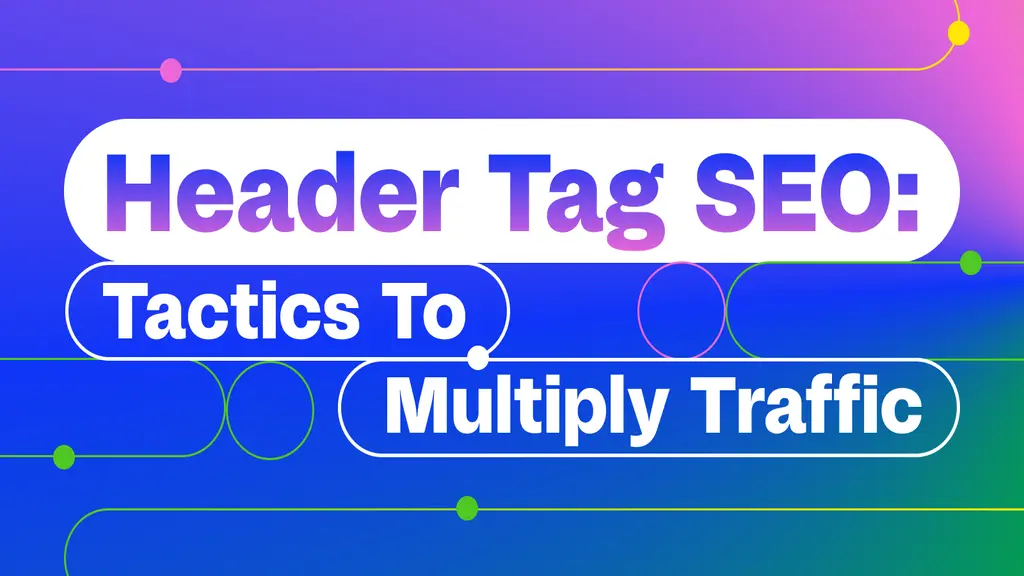










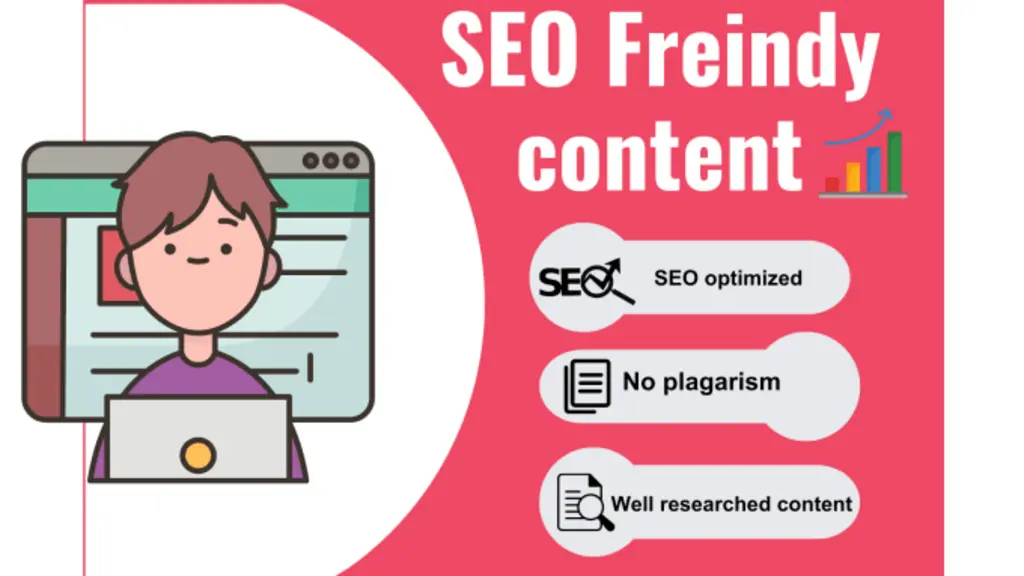





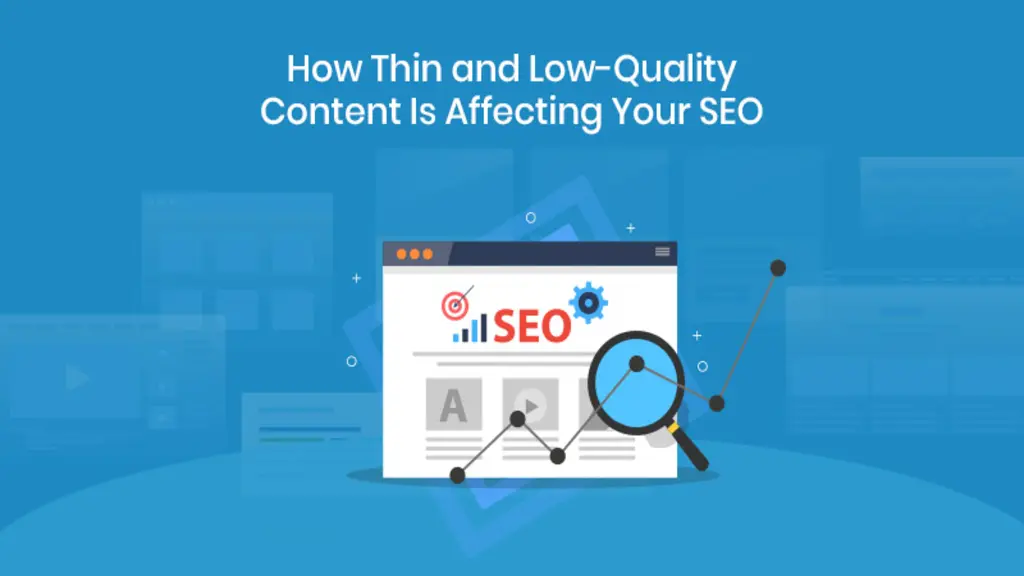





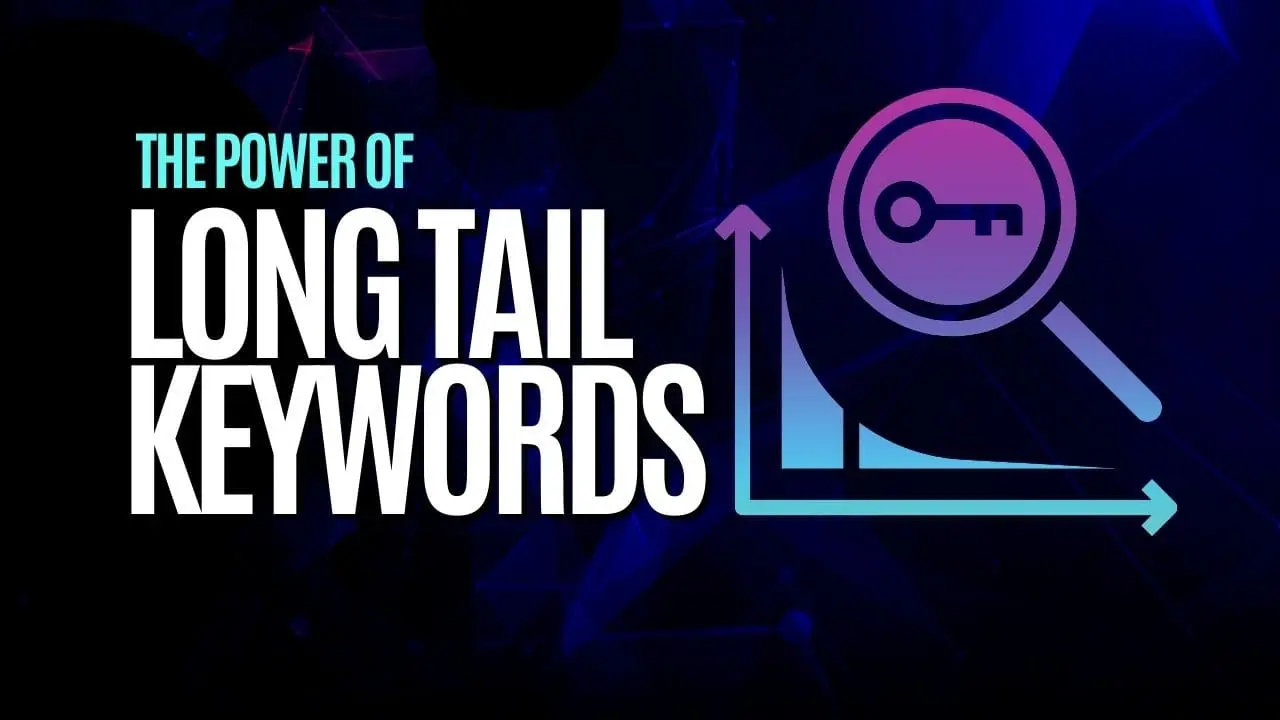






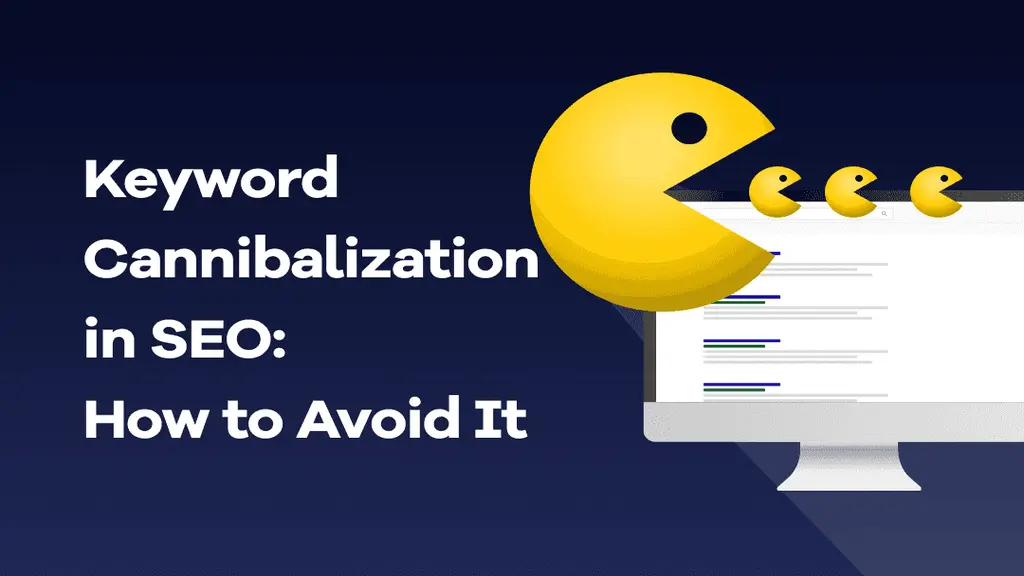

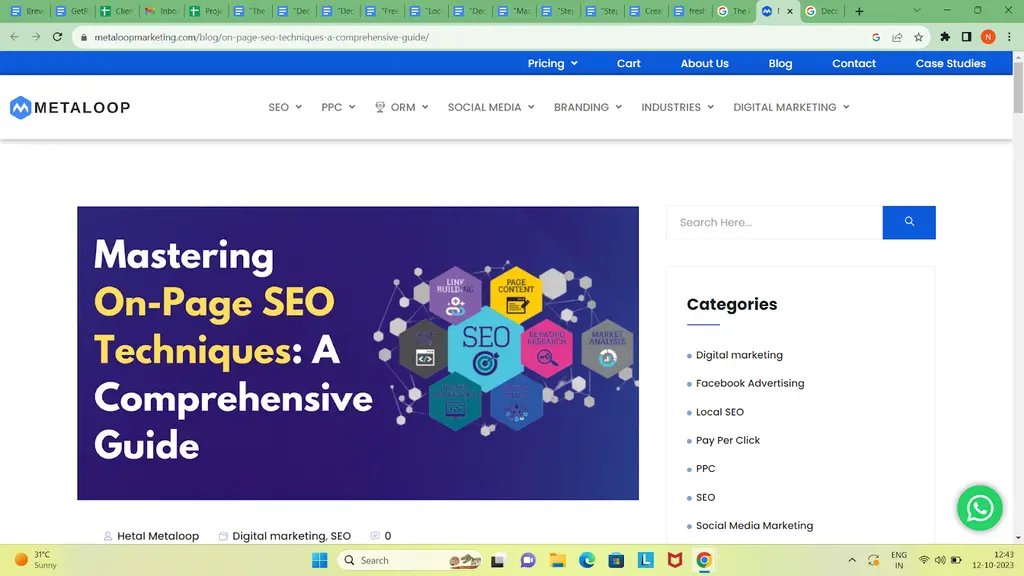



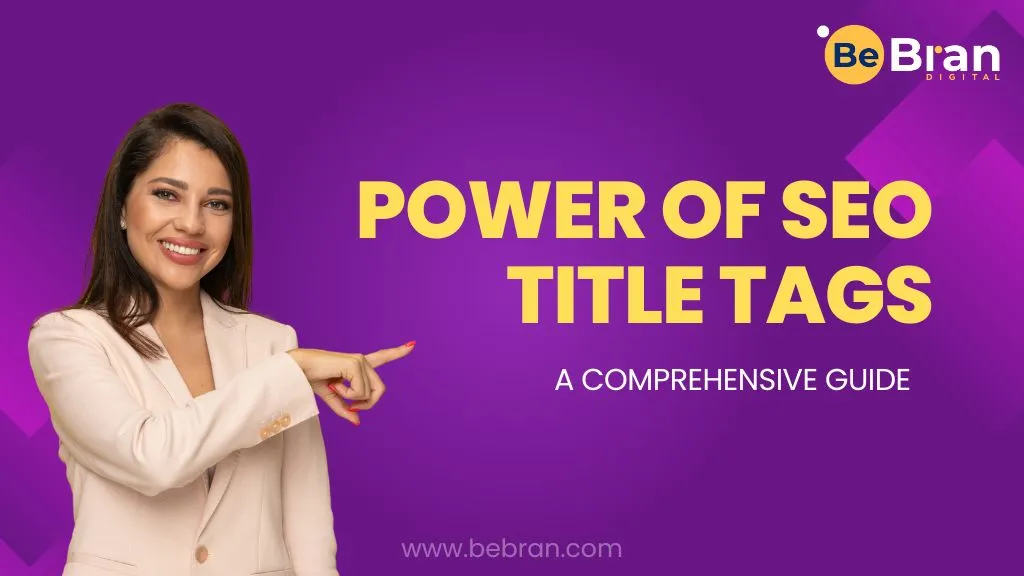

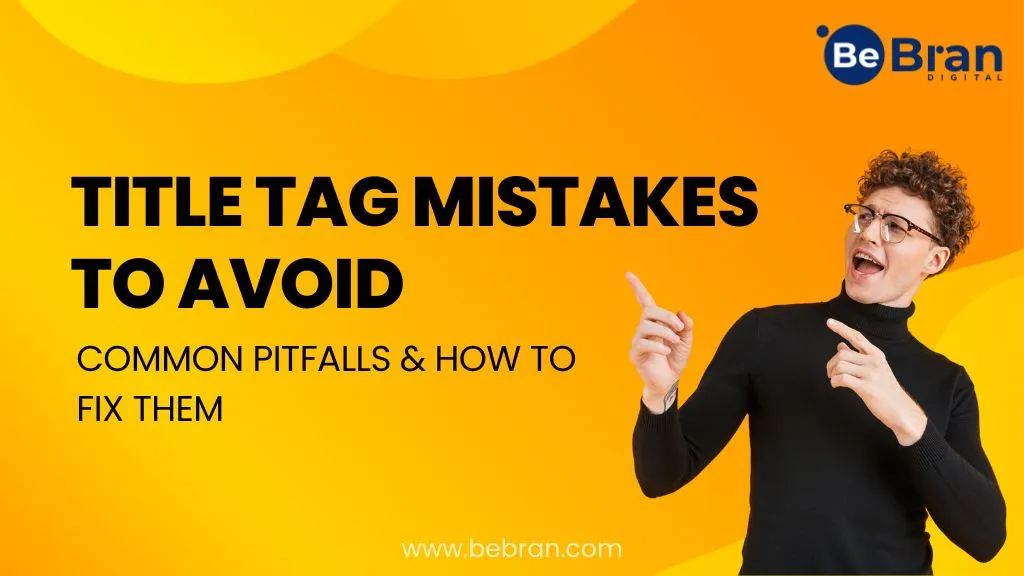






















![1707475220 Bebran[1]](https://bebran.com/public/uploads/1709129094_1707475220_bebran[1].webp)

![1707475220 Bebran[1]](https://bebran.com/public/uploads/1709132759_1707475220_bebran[1].webp)

![1707475220 Bebran[1]](https://bebran.com/public/uploads/1709133996_1707475220_bebran[1].webp)

![1707475220 Bebran[1]](https://bebran.com/public/uploads/1709135250_1707475220_bebran[1].webp)

![1707475220 Bebran[1]](https://bebran.com/public/uploads/1709135874_1707475220_bebran[1].webp)

![1707475220 Bebran[1]](https://bebran.com/public/uploads/1709136770_1707475220_bebran[1].webp)







![1707475220 Bebran[1]](https://bebran.com/public/uploads/1709188948_1707475220_bebran[1].webp)

![1707475220 Bebran[1]](https://bebran.com/public/uploads/1709190426_1707475220_bebran[1].webp)


























































































